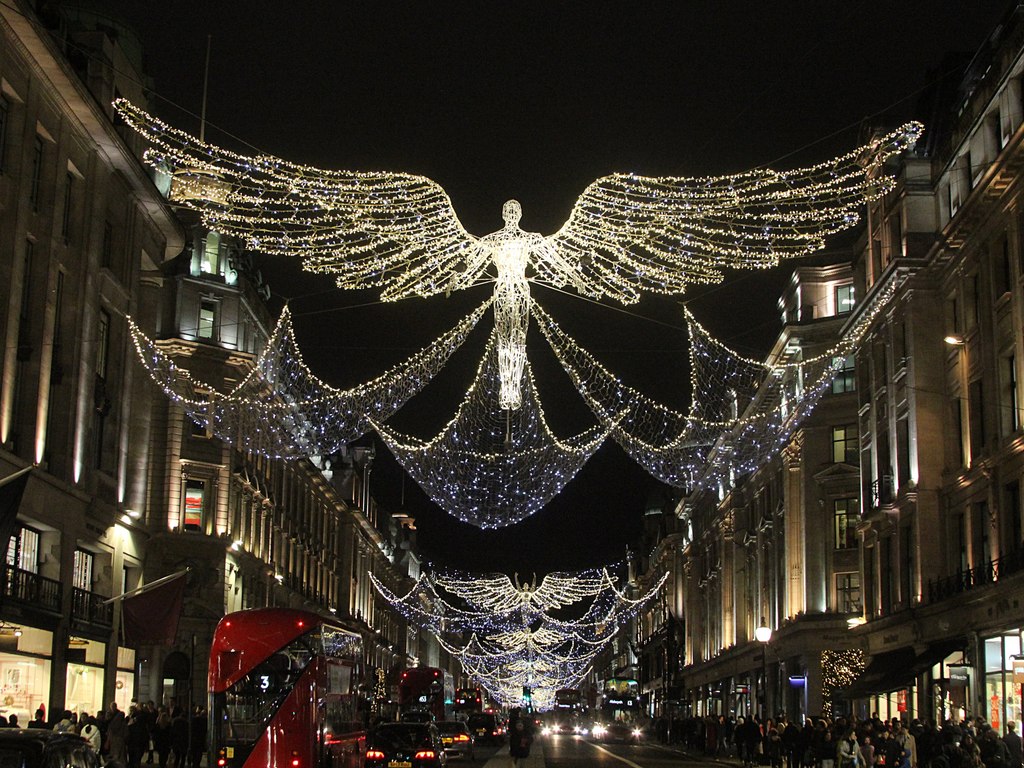When I first got on the Elizabeth Line, I had a feeling that this wouldn’t be your normal tube ride. There had been a rising amount of expectation for this line for years, actually twenty years. After more than a decade of planning, London’s £18.9 billion Crossrail project finally materialised with the inauguration of the Elizabeth Line. More than just a new transport hub, this incredible edifice connects Abbey Wood and Shenfield in the east with Heathrow in the west. It is a journey through both old and modern architecture. Stretching over 60 miles.
The Elizabeth Line’s Origin
When the Elizabeth Line (previously known as Crossrail) was first proposed in the early 2000s, its goal was to completely transform how people commuted in London. It eases the strain on other congested networks by connecting 41 stations and combining new and old lines into an effective system. It now only takes 18 minutes to get from Paddington to Canary Wharf, significantly cutting down on travel time across the city.
However, as I rode it, I came to understand that it was more about comfort, design, and the project’s overall size than it was about speed. The rail stations themselves are large, contemporary, light-filled engineering marvels.
A Trip Around the Town
The Elizabeth Line ride from Paddington to Canary Wharf is one of my favourites. The largest skyscraper in London, The Shard, could fit inside Paddington Station on the Elizabeth Line if it were placed flat. As the train speeds eastward, it becomes evident how well-connected London is now. Locations that appeared distant in the past are now only a short, pleasant ride away.
The Elizabeth Line is a real game changer for both locals and tourists. It’s a smooth experience whether you’re heading straight into the city from Heathrow Airport or from downtown London to the busy financial district.
Important Places to Look Around
Every Elizabeth Line station has an own atmosphere and charm of its own. Here are some noteworthy locations that you may want to visit:• Tottenham Court Road: Situated only a short stroll from Soho and Covent Garden, this is a major centre for entertainment and shopping.• Farringdon: This up-and-coming neighbourhood is well-known for being close to popular eateries and cultural attractions like the Barbican.Liverpool Street: Located near Shoreditch, this station offers access to a thriving nightlife, unique culinary options, and street art.Beyond its image as a financial hub, Canary Wharf is also home to shopping malls, sophisticated art installations, and secret green areas like the Crossrail Roof Garden.
Convenience and Comfort
The modern commuter is the focus of design for the Elizabeth Line trains. Travelling is made simple and enjoyable with roomy carriages, air conditioning, and step-free access at every station. The Elizabeth Line provides a welcome change of pace for a city notorious for its frequently claustrophobic and oppressively hot subterranean travel.
The dependability is yet another outstanding feature. The line is now the preferred option for people travelling into and out of London because to its rapid reputation for efficiency and punctuality.
Looking forward.
As I ponder on my Elizabeth Line trip, I can’t help but feel that it reflects the future of London travel. It’s a system built to fulfil the demands of a growing metropolis, with both speed and style. And as London expands, the Elizabeth Line will remain a critical artery in the city’s transport network, connecting people and places like never before.
So, use the Elizabeth Line the next time you’re in London. The train offers more than just a mode of transit, whether you’re racing to a meeting or exploring the city; it’s a window into London’s bright future.


